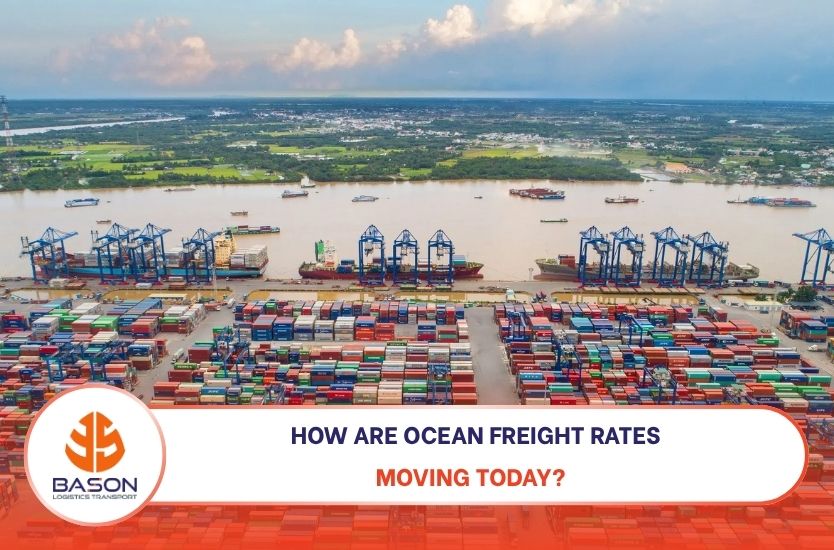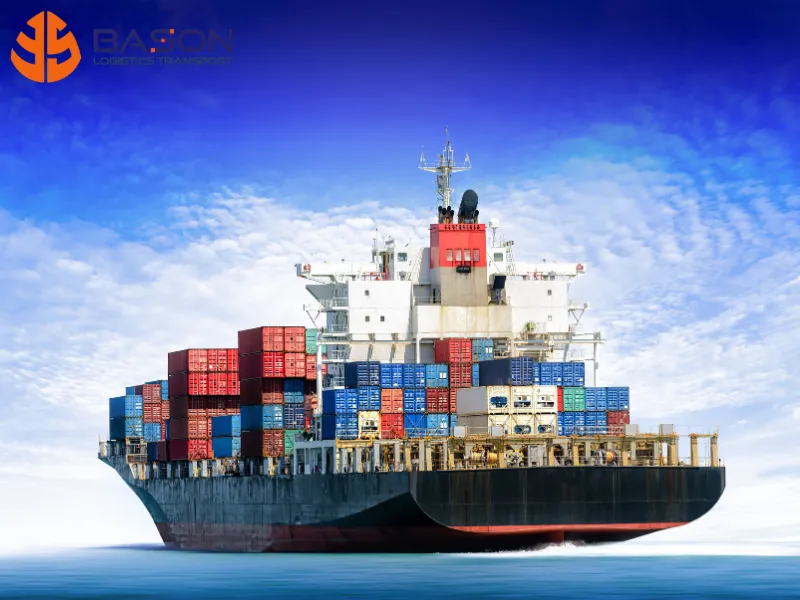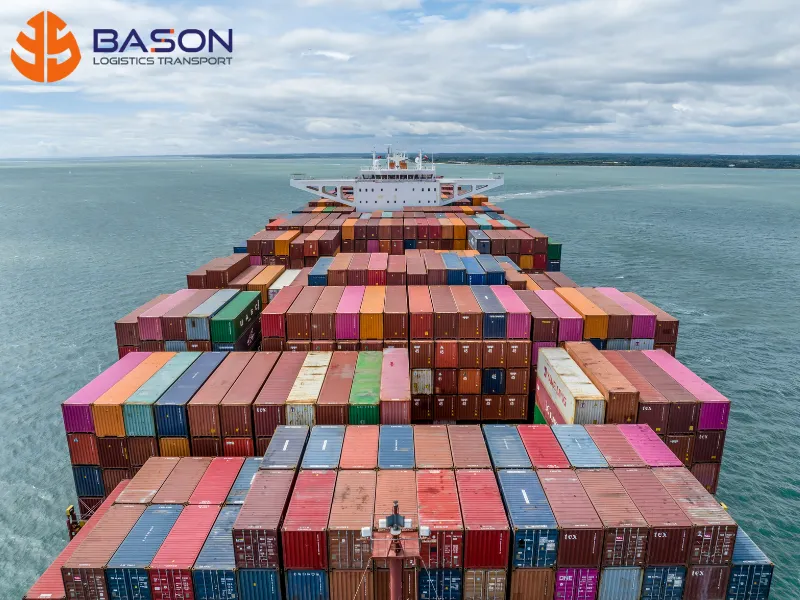
In a constantly shifting global supply chain, today’s ocean freight rates are more than just numbers—they’re strategic levers that help businesses make timely, data-driven decisions.
Key Factors Influencing Today’s Ocean Freight Market
Container Supply and Global Shipping Schedules
Fluctuations in freight rates are no longer driven solely by fuel prices. Imbalances in the container shipping market—such as shortages of empty containers and extended vessel dwell times at congested transshipment ports—are forcing carriers to revise schedules and apply additional surcharges.
During peak seasons, especially on Asia–North America and Asia–Europe routes, shipping demand spikes sharply, sending rates soaring.
Geopolitical tensions, weather disruptions, and fuel price volatility
Conflicts, trade tensions, and extreme weather events like typhoons or El Niño significantly disrupt cargo flows and routing. At the same time, rising fuel costs trigger surcharges such as BAF (Bunker Adjustment Factor) and CAF (Currency Adjustment Factor), which directly impact total logistics spending.

Where Are Freight Rates Today—and What Should You Watch For?
Pricing trends across major trade lanes
According to major carriers, the Asia–US route typically sees the sharpest rate hikes during Q2 and Q4 peak seasons, with price swings reaching 30–50% within just a few weeks due to holiday-driven import surges.
The Asia–EU route, while less volatile, still suffers from empty container shortages and increased port handling costs. For businesses with regular cross-border operations, monitoring today’s ocean freight rates is no longer optional—it’s mission-critical.
High-impact surcharges to account for
In addition to base freight charges, companies need to watch out for key cost components such as bunker fees, terminal handling charges (THC), peak season surcharges (PSS), and others like port transfer fees and container detention charges.
These fees vary by route and port condition, which can significantly inflate logistics costs if left unmanaged.

How Bason Helps Businesses Stay Agile Amid Rate Fluctuations?
Real-time freight monitoring and route advisory
With strong market insight and close ties to global carriers, Bason Logistics tracks ocean freight rates daily across trade lanes. Our clients receive tailored quotations by shipment, route, and delivery timeline—along with guidance on applicable surcharges.
We also keep partners informed with updates on carrier policies, port regulations, and shifting logistics conditions to support fast, informed decisions.
End-to-end international logistics solutions
Beyond quoting freight rates, Bason offers integrated services—from cargo consolidation and container stuffing to inland transport, customs handling, and global delivery.
Our bonded warehouse, import/export trustee service, and real-time tracking system ensure businesses maintain full visibility and control throughout the logistics chain—saving time, minimizing risk, and streamlining operations.

In today’s volatile logistics landscape, staying ahead means knowing more than just today’s freight rate. It’s about choosing the right route, timing your shipments, planning consolidation, and adjusting financial plans on the fly. Businesses that work closely with reliable logistics partners like Bason gain a competitive edge in cost control, on-time delivery, and customer trust.
Contact:
- Address: M Floor, 104 Bat Nan Street, Binh Trung Ward, Ho Chi Minh City, Vietnam
- Email: sales@bason.vn
- Hotline: 0869 456 077

